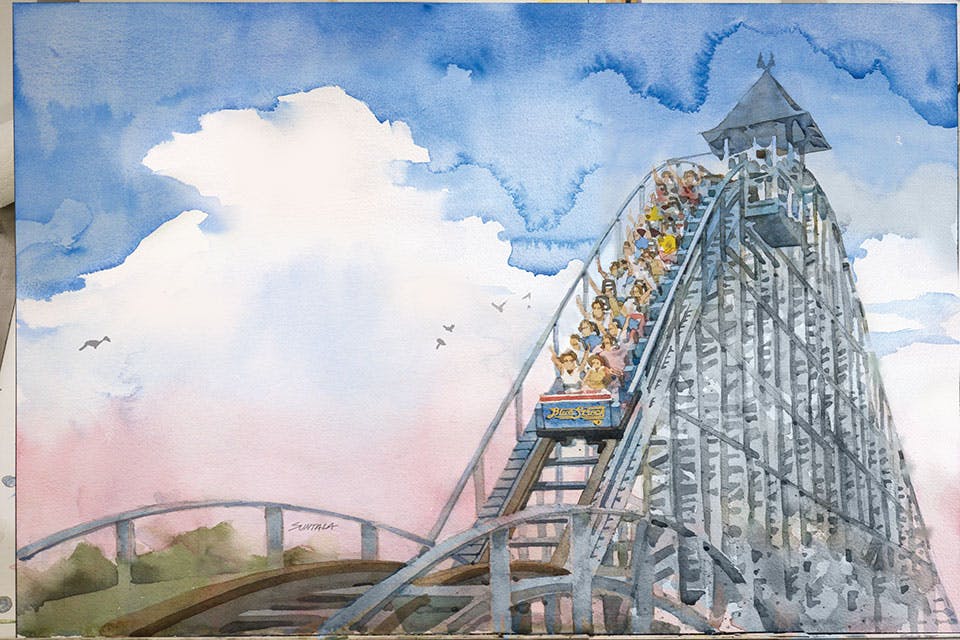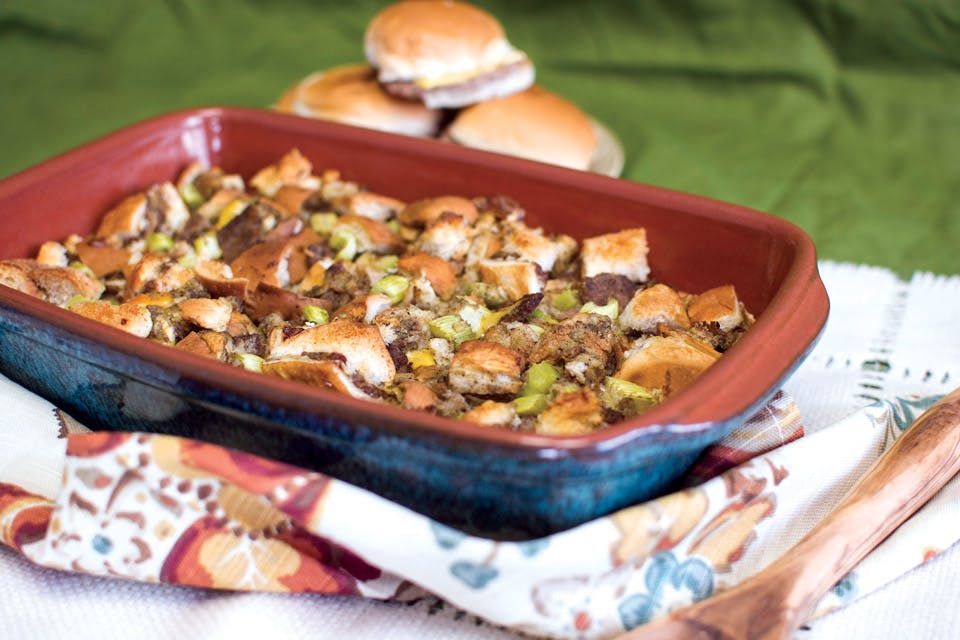Ohio Life
My Ohio: Talking Turkey
Their numbers are increasing, and chances are you’ll encounter a wild gobbler sooner or later.
Related Articles

Why We Love Cedar Point
H. John Hildebrandt worked at Cedar Point for 40 years. As the amusement park marked its 150 anniversary, he looked back at his and our connection to Ohio’s summer playground. READ MORE >>

White Castle Turkey Stuffing Recipe
In the early 1990s, Columbus-based White Castle crafted a recipe aimed at making its famous tiny hamburgers part of your Thanksgiving meal. READ MORE >>

Ohio State University’s Thanksgiving Dinner
The Ohio State University’s Thanksgiving Dinner for students, faculty and staff who stay in town over the holiday marks 25 years in 2016. READ MORE >>

